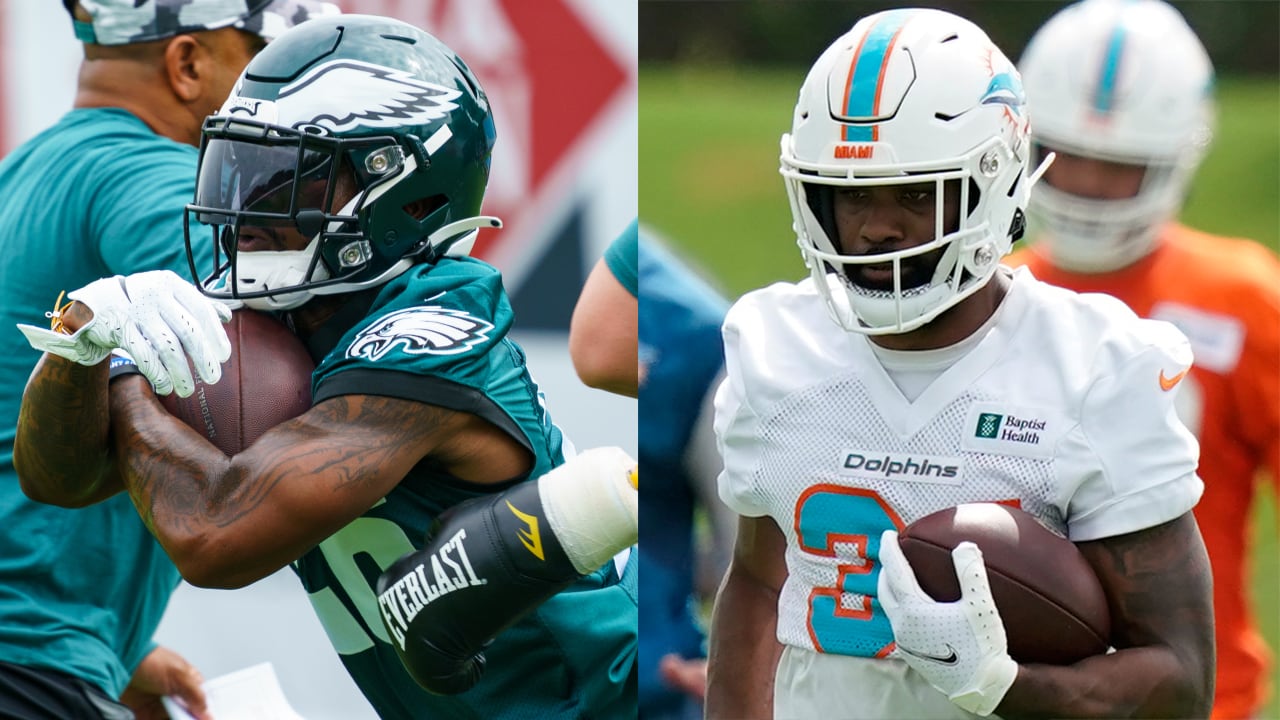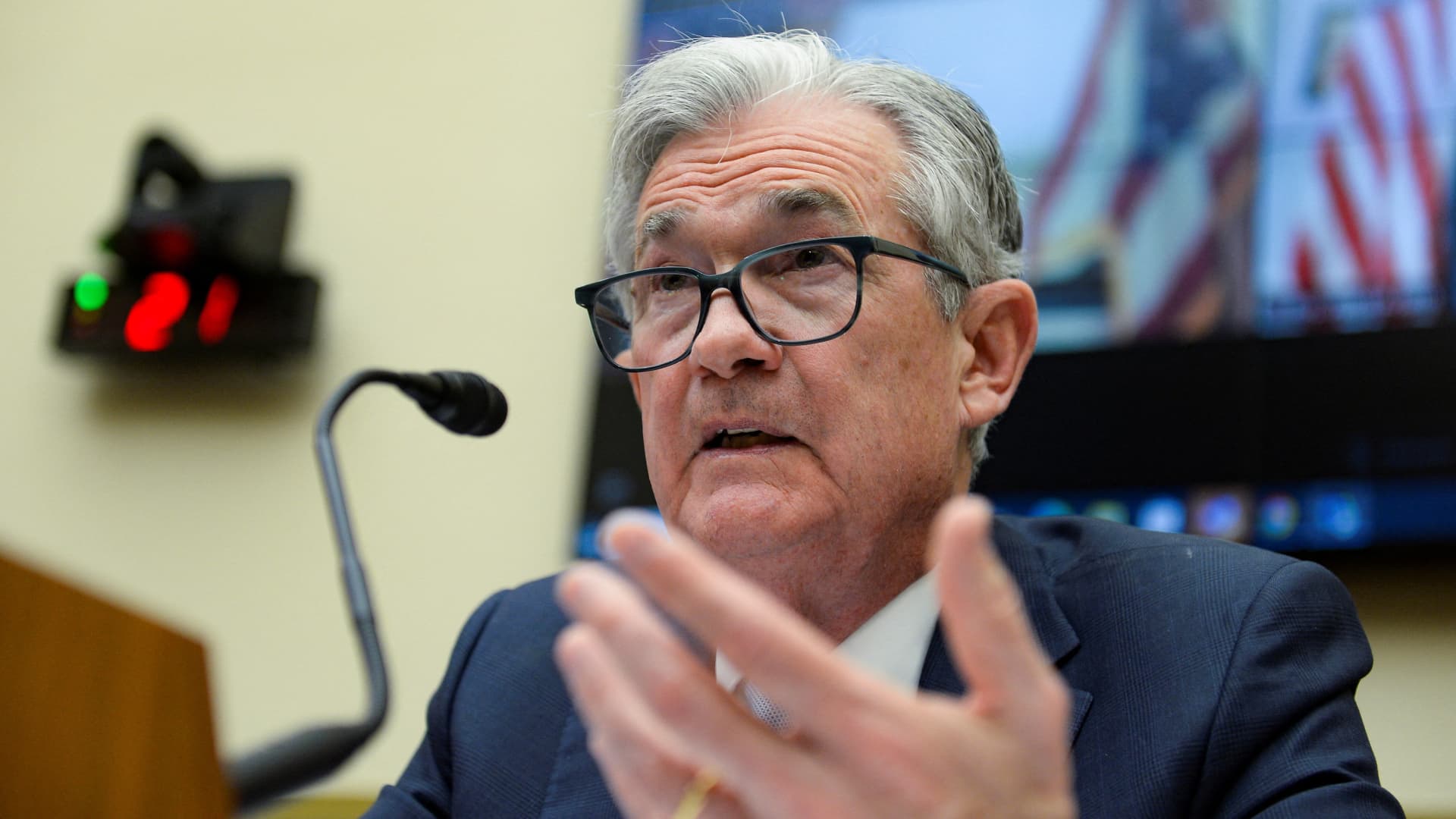One by one, dozens of activists filed into the Sherburne County Board room and unleashed a litany of complaints. The jailing of Jan. 6 "political prisoners." Allegations of "obsolete" operating systems on Minnesota county voting machines. Claims of flipped votes and manipulated voter databases in other states.
"You hold the precious key to preserving our vote," Kari Watkins told commissioners earlier this month, closing out with the group's refrain: "Hand count or no certification."
Despite no evidence of widespread voter fraud in the last election, the same activists have lodged similar complaints in Dakota County. And Carver. And Rice. And Wright. And many more.
Distrust stemming from former President Donald Trump's effort to overturn the 2020 election has rippled across the nation and landed on the doorstep of the thousands of Minnesotans who run elections in all 87 counties. It's forcing many state and local election officials to juggle two jobs: administering the upcoming election while responding to concerns and debunking misinformation stemming from the last one.
"Even at a large county like Hennepin, it's like one county versus an entire internet of bubbling misinformation. Sometimes it feels like it's a whack-a-mole," said Hennepin County Elections Manager Ginny Gelms. "It is a thing we're very concerned about becoming a greater and greater issue."
Activists are driven by a clear mission to boost conservatives' involvement in elections, and many want to do away with ballot drop boxes and any machine counting of votes. In Minnesota and across the country, the new focus has put local and state election officials at the epicenter of efforts to upend voting systems, all while continuing to sow confusion and mistrust in U.S. elections.
"There are a number of counties — not just a handful — where there have been activists pushing some of this disinformation, and in some cases pushing conspiracies," said Minnesota Secretary of State Steve Simon. "We're seeing a spread of this kind of organized effort to create doubt in the minds of county commissioners."
County boards in spotlight
Half of the crowd at a July Carver County board meeting applauded the work of county election staff. They wore League of Women Voters pins and mumbled derisively at references to "2,000 Mules," a movie claiming coordinated voter fraud in the 2020 election.
The other half did not trust the county's plans for administering the upcoming election and booed at a mention of the Jan. 6 congressional hearings. Their star witness was Rick Weible.
The founder of the group "Midwest Swamp Watch," which claims elections are vulnerable to fraud, Weible told the board that its voting system is not secure and the public was not properly notified of upgrades.
Weible — the former mayor of the small Hennepin County city of St. Bonifacius who now lives in South Dakota — said his group and others have been in touch with 25 Minnesota counties. They started their push to change Minnesota elections at the state Legislature, he said, but quickly began looking at counties and municipalities, "where the authority lies in so much of the process." Local governments have roles in staffing absentee ballot boards and purchasing election equipment.
Weible claimed that some of the 25 counties his group has talked to have old, insecure voting systems. He said the rest upgraded their systems without proper public notification and demonstrations, which he claimed is a felony and said activists are considering legal action.
Minnesota counties use three different vendors for voting equipment, but all need federal certification from accredited test labs, said state elections director David Maeda, as well as state verification. He disputed Weible's claim that an upgrade amounted to a new voting system.
"The analogy I would use is that I'm a devoted iPhone user, and periodically Apple will push out IOS updates to me," said Maeda, who has been traveling to counties across the state to debunk misinformation. "Once I install that IOS update, I don't have a new iPhone, I have an updated iPhone."
Weible wants counties with tabulators he sees as problematic to switch to hand counting their results, but election officials say hand counts are expensive and time-consuming, requiring each ballot to be counted separately for dozens of races. The process is prone to human error, making the results less accurate, said Charles Stewart III, a political-science professor at the Massachusetts Institute of Technology who is leading a research effort on election technology and administration.
The push to target local governments is happening across the country, said Stewart, including in red counties Trump won in 2020. In those areas, activists are more likely to persuade local officials to make changes.
"Before, the election was supposedly stolen in the big cities in the battleground states. Now all of a sudden [they say] there was stealing going on in small Republican counties," he said. "That's related to the strategy of the movement leaders — they're fishing where the fish are."
None of the Minnesota counties facing pressure from activist groups has moved to a hand count process yet. But Weible said his group's efforts have led to other changes, such as Wright County's creation of an election performance improvement group. And, for various reasons, some counties are abandoning ballot drop boxes, another change activists want.
Weible and other activists' speeches to county boards are filled with technical references and state statutes. Michelle Witte, executive director of the League of Women Voters, said people who aren't familiar with the process are left wondering, "How could I possibly know?"
"This is absolutely designed as a strategy to confuse people. To sow doubt," said Witte, whose group has been attending the same meetings to support election officials. "What we're trying to say to county residents and county officials is: You do know."
Election judge recruitment
Several groups are also making a concerted effort to recruit conservative election judges across the state. The judges staff polling places on Election Day and serve on absentee ballot boards, which accept or reject absentee ballots. Many Minnesota counties also rely on nonpartisan staff to help handle those ballots.
Republican political consultant Jonathan Aanestad said the organization he founded, Minnesota Election Integrity Solutions, recruited about 8,500 Minnesotans to try to become election judges. The group's membership exploded after the 2020 election, Aanestad said, growing from a handful of activists to more than 200 people.
Their efforts are clear in places such as Dakota County, where roughly 900 Republicans signed up to be election judges this year, compared with 250 Democrats.
Aanestad said his group wants to address an imbalance between the number of Democrats and Republicans signing up in Minnesota to be election judges. However, not everyone who signs up serves as election judges, and party balance is required at each voting place. While there has been a lot of partisan attention on the job, longtime election judges stressed that what they do is not political.
Curt Hayden is a retired truck driver and warehouse worker who is now a head election judge in the small Anoka County community of Oak Grove. He said one of the first things judges are told on Election Day — around the time they take an oath vowing to prevent fraud, deceit and abuse — is to leave their politics and opinions at the door. He's become increasingly concerned about public distrust in elections over his more than 15 years as a judge.
"People need to trust those election judges and trust the information they're working with," said Hayden, adding that judges are not "trying to sway everybody to their way of thinking. That just isn't the case."
Overwhelmed and understaffed
Activists worried about election fraud also have been calling, e-mailing and requesting election data from counties and municipalities. In Dakota County alone, Commissioner Laurie Halverson estimated employees and elected officials have spent 700 extra hours fielding the questions and requests.
Elections officials in several counties stressed that they welcome questions and increased engagement in the elections process. But in some places, they said the inquiries have created challenges for staff.
In Rice County, which narrowly swung for Trump in 2020, efforts from activists picked up after the Jan. 6, 2021, attack on the U.S. Capitol. They haven't let up since, said Denise Anderson, the county's property tax and elections director. To address concerns, she presented all of the county's election equipment at a board meeting.
"I've been doing this for 27 years, and I've never, ever experienced anything like this," she said. "The internet is providing them information that is not correct for Minnesota, and they're going with it."
Much of the extra work in Dakota County has fallen to elections director Andy Lokken, whose office has also been the subject of eight election law complaints. Someone asked the local sheriff to open an investigation into him. That never happened, and the complaints are easily explained, he said.
Lokken tries not to take it personally. "These folks are our neighbors, for the most part," he said. "So we treat them like neighbors."
Across the country, election workers are also facing increased harassment and threats. Simon had to regularly talk to law enforcement about his security in the aftermath of the 2020 election, a first during his career. His office is working to increase physical security for election workers and create a system for reporting threats.
In Colorado, elections director Judd Choate got his first death threat before the 2020 election, a voice mail he had to replay to believe. "Then they really started coming in," said Choate, who teaches at the University of Minnesota's Humphrey School elections administration certificate program.
He has been excited to see swelling interest in that program in recent years as more people began paying attention to elections. But the industry is also seeing higher turnover than expected amid growing harassment and demands on elections officials.
"It's really distressing," he said. "I'm a public servant. I'm just a bureaucrat. I shouldn't be subject to this."
Shari L. Gross
 Video (01:48): We took a look at the public accuracy test of central voting equipment for Anoka county which ensures machines are working as intended.
Video (01:48): We took a look at the public accuracy test of central voting equipment for Anoka county which ensures machines are working as intended.
SHARI GROSS, Star Tribune
Video (01:48): We took a look at Anoka County's accuracy test of central voting equipment, a public test that ensures that machines are working as intended.
Dispelling misinformation
In a small, dimly lit room in the Anoka County government center, Paul Linnell and his team were laying traps.
One ballot included votes for multiple candidates in a single partisan race. On another, a fictional voter selected a candidate from one party in one race, and a candidate from a different party in another race, which isn't allowed in Minnesota primary elections. An election technician intentionally entered the wrong precinct for a set of ballots.
But the voting equipment caught them all.
"We want to go through all of those contingencies," said Linnell, Anoka County's elections manager, who was checking their equipment at a recent public accuracy test. "To make sure that we've checked them all off."
Counties across the state are conducting similar tests ahead of the Aug. 9 primary, as they have for years under state law. But some local and state officials are publicizing the tests more this year as part of a broader effort to dispel misinformation and explain how votes are counted.
In Hennepin County, Gelms said officials are trying provide more explanatory material on social media and via small radio stations and community newspapers, as well as larger news outlets. Anoka County produced a
behind-the-scenes video in 2020 showing how absentee ballots are handled. Dakota County recently created
a fact sheet of its steps to ensure secure, accurate results.
And for the first time, Simon's office added a page to its website called "
Minnesota Election Facts" to combat common misinformation about the state's voting systems. Election officials are also trying to do more publicity on the Minnesota's system of post-election audits.
"There's no reason," said Simon, "based on any fact or evidence, to mistrust the people who have been doing this so well, and effectively and thoroughly, for so long."
Checks and balances
Local elections officials in Minnesota are encountering more questions about voting than ever before as former President Donald Trump and his allies have sowed distrust in elections. Here's what happens to your ballot after you select the candidates, with either
in-person voting or with your
mail-in ballot, using Hennepin County as an example.
Voting in person on Election Day
Voting by mail
Adblock test (Why?)
"like this" - Google News
July 31, 2022 at 05:04AM
https://ift.tt/75Ga298
'Feels like it's a whack-a-mole': Minnesota election officials on misinformation front lines - Star Tribune
"like this" - Google News
https://ift.tt/n9zVwXf
Shoes Man Tutorial
Pos News Update
Meme Update
Korean Entertainment News
Japan News Update









!['I'll go back [to New Zealand]. Yeah, 100%. I'm going back this year,' Apa, who was born in Auckland, said, adding he wants his son with 28-year-old Berry, who he married in 2020, to see his homeland](https://i.dailymail.co.uk/1s/2022/07/30/12/60869931-11064255-_I_ll_go_back_to_New_Zealand_Yeah_100_I_m_going_back_this_year_A-a-18_1659178841659.jpg)





